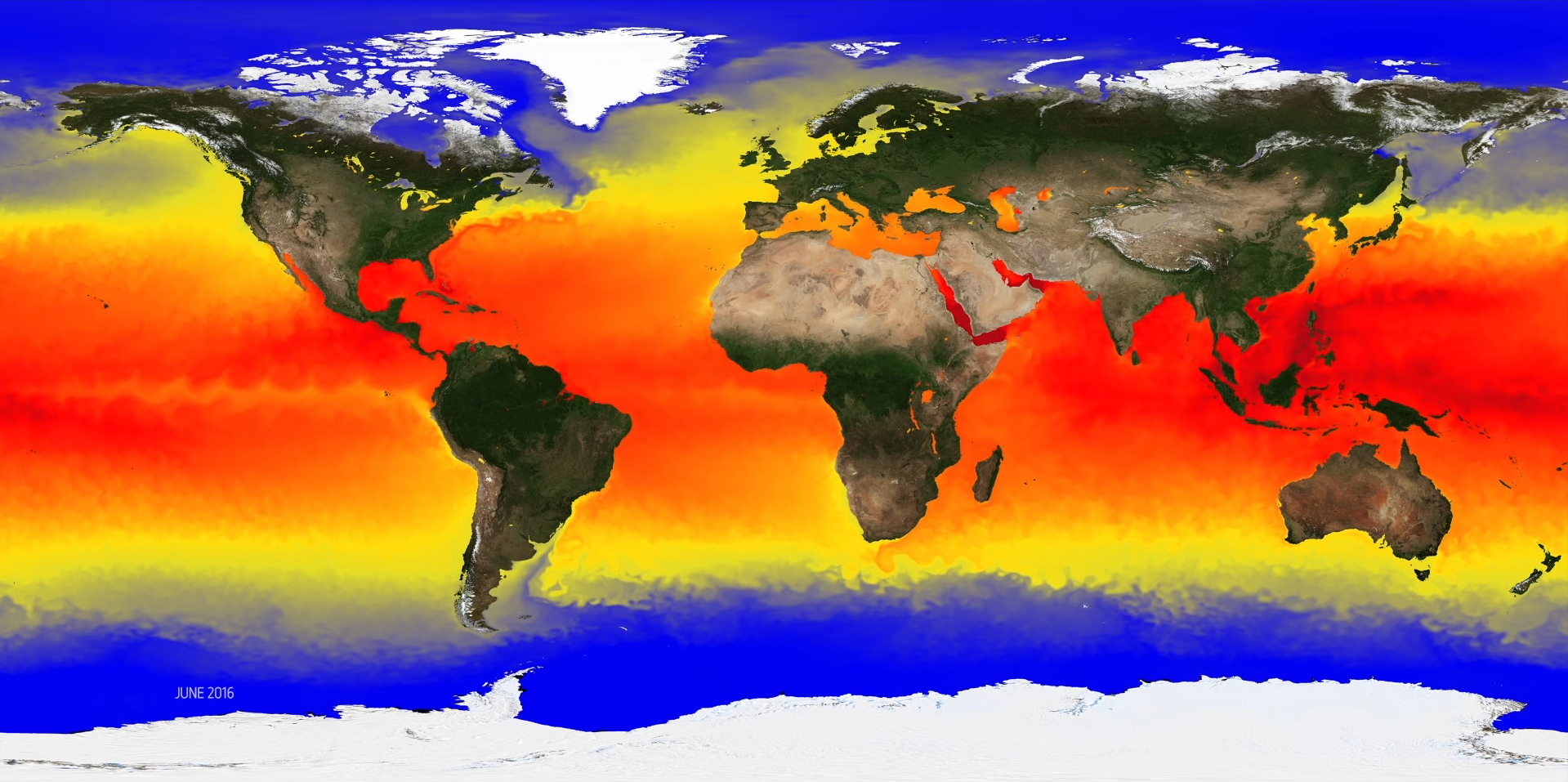Back to futurelearn
Topic 4D - Monitoring Marine Life
Featured Images and Example Data

Reciprocol Ranking Technique
Ensemble technique used to determine the pelagic fish species
©
Georgios Sylaios/Odyssea/Democritus University of Thrace
Source Link
Fish species
From top - left to bottom - right the species are: Engraulis encrasicolus , Sardina pilchardus , Sardinella aurita , Scomber colias , Scomber scombrus , Spicara smaris , Thunnus thynnus , Xiphias gladius
©
Georgios Sylaios/Odyssea/Democritus University of Thrace
Source Link
Habitat Maps
High resolution produced habitat maps depicting the probability of occurrence in the whole Mediterranean Sean for the eight commercial fish species
©
Georgios Sylaios/Odyssea/Democritus University of Thrace
Source Link
Jellyfish density
Maps of the forecasted risk of jellyfish outbreak between the 8th and the 10th of July 2020 for Ashkelon, Israel
©
AquaX
Source LinkFeatured Video and Animations

A year of sea surface temperature - 2016
In this video, Anne O'Carroll, Remote Sensing Scientist at EUMETSAT, takes us on a journey around the globe covering the most significant sea surface temperature events during 2016, using data supplied by Europe's Copernicus Earth Observation programme, which incorporates observations from EUMETSAT's satellite fleet.
©
EUMETSAT
Source Link
Iberian Biscay Ireland Regional Seas - Biogeochemistry Model
This video shows a biogeochemistry Model of Chlorophyll Concentration, with outputs interpolated every 6 hours for 2014
©
Copernicus Marine Service
Source Link

